kilifila66
TPF Noob!
Ok I am looking to make a black and white only darkroom. These are my questions.
1) What do I need to start a darkroom in terms of supplies?
2) What chemicals do I need?
3) What lighting would you recommend?
4) Which type of film does your recommended setup support (i.e. c41)?
5) What type of paper do you recommend for B&W?
I am not sure if all of these questions are related to the darkroom specifically but I only have 1 thing to bear in mind, I do not have a lot of space to work with. Thanks for any help you can give, sorry im a TOTAL noob with this stuff.
1) What do I need to start a darkroom in terms of supplies?
2) What chemicals do I need?
3) What lighting would you recommend?
4) Which type of film does your recommended setup support (i.e. c41)?
5) What type of paper do you recommend for B&W?
I am not sure if all of these questions are related to the darkroom specifically but I only have 1 thing to bear in mind, I do not have a lot of space to work with. Thanks for any help you can give, sorry im a TOTAL noob with this stuff.


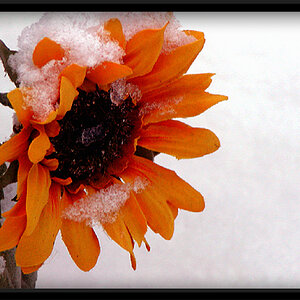
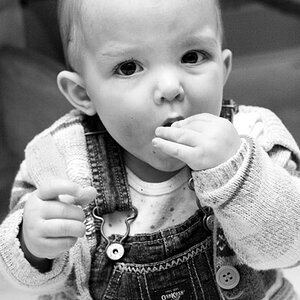
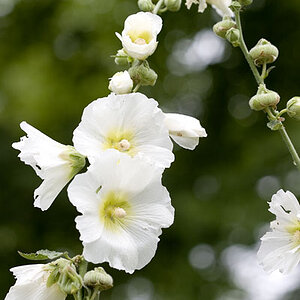
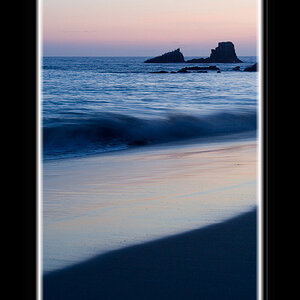
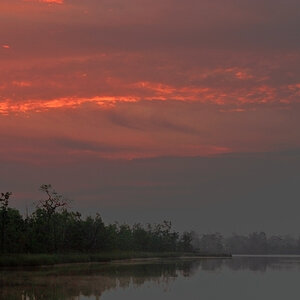
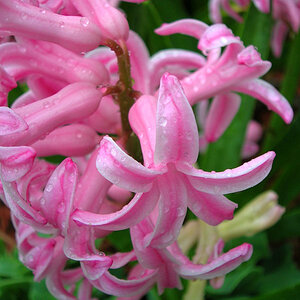
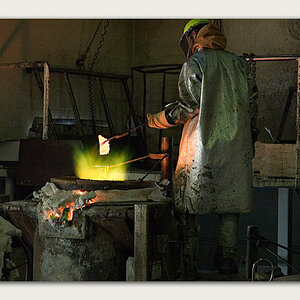

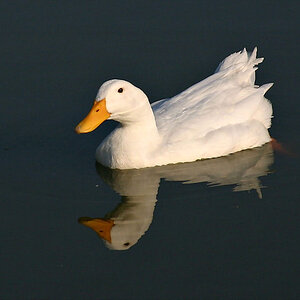
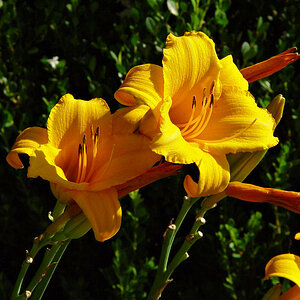
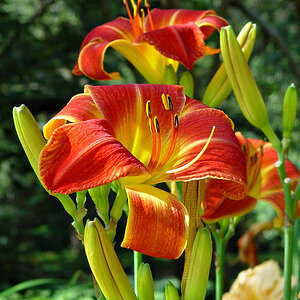
![[No title]](/data/xfmg/thumbnail/38/38727-8e7c94a88000531231f3040ce330aced.jpg?1619738702)